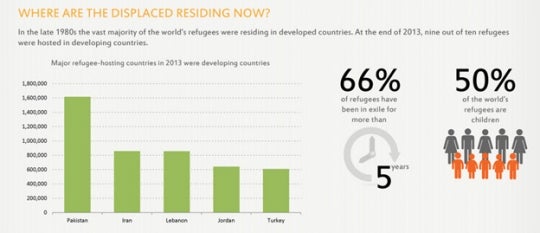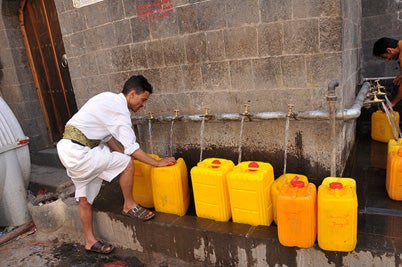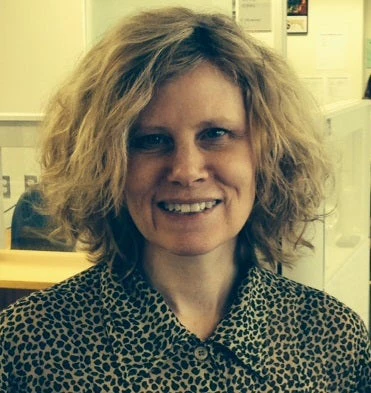Can the world end extreme poverty by 2030? Will it be able to avert the worst effects of climate change or stop Ebola? These challenges are among the biggest we face today. In 2014, the World Bank Group tapped its knowledge, finance, and influence to confront global problems.
1) Taking on economic growth

- Developing economies need robust blueprints to sustain growth
- Infographic: Growth
- Story: Djibouti Turns to its Peers for Advice on Reaching its Goals
2) Taking on inequality

- Ending extreme poverty and promoting shared prosperity
- Global Monitoring Report: Ending Poverty and Sharing Prosperity
- Visualize Inequality
3) Taking on fragile situations
More than 3 million refugees have fled war-torn Syria for neighboring countries – straining infrastructure and budgets. The World Bank has aided Jordan and Lebanon, most recently with a $250 million loan in March to ease Jordan’s fiscal strains. On a June visit, World Bank Group President Kim thanked Jordan and Lebanon for taking in the refugees and called for more international support for these countries. He also urged the region to plan for peace, rally around rebuilding and laying the foundations for a “more just and prosperous future.”

4) Taking on infrastructure
 About 1.2 billion people live without electricity and 2.5 billion people don’t have toilets. Some 748 million people lack access to safe drinking water. Developing countries need an estimated $1 trillion each year to close these big gaps. In October, the World Bank Group announced a new Global Infrastructure Facility would help deliver a pipeline of economically viable and sustainable infrastructure projects that could attract financing. The facility so far has won the support of some of the world’s largest asset management and private equity firms; pension and insurance funds; commercial banks; and donor countries.
About 1.2 billion people live without electricity and 2.5 billion people don’t have toilets. Some 748 million people lack access to safe drinking water. Developing countries need an estimated $1 trillion each year to close these big gaps. In October, the World Bank Group announced a new Global Infrastructure Facility would help deliver a pipeline of economically viable and sustainable infrastructure projects that could attract financing. The facility so far has won the support of some of the world’s largest asset management and private equity firms; pension and insurance funds; commercial banks; and donor countries.
5) Taking on disaster recovery

- Release: Kim Announces New Planned Funding for Filipinos Hit by Typhoon Haiyan
- Release: Leaders Commit Billions in Major New Development Initiative for the Horn of Africa
6) Taking on women’s empowerment
With women’s potential still untapped in many parts of the world, the World Bank group formed new partnerships to boost women’s empowerment, health and other outcomes. The Global Financing Facility supporting Every Woman, Every Child will help scale up and sustain essential health services for women, children and adolescents. The Data2X initiative will fill vast data gaps related to women and girls, as part of a broad effort to empower them and end extreme poverty. More data will build the evidence that helping girls and women pays off for women, men, communities, and countries. “The numbers are really clear. Discrimination is bad for economic growth,” said Kim.
- Blog: #TakeOn Violence Against Women, Take a Walk in Their Shoes
- Story: New Partnerships Aim to Improve Data on Women and Girls
- Release: Development Partners Support the Creation of Global Financing Facility to Advance Women’s and Children’s Health
- Video: Hillary Clinton and Jim Yong Kim: Empowering Women and Girls Improves the World
7) Taking on climate change

- Series: Turn Down the Heat
- Speech: Transforming the Economy to Achieve Zero Net Emissions
- Video: World Could Be 4 Degrees Hotter By End of This Century
8) Taking on Ebola



Join the Conversation